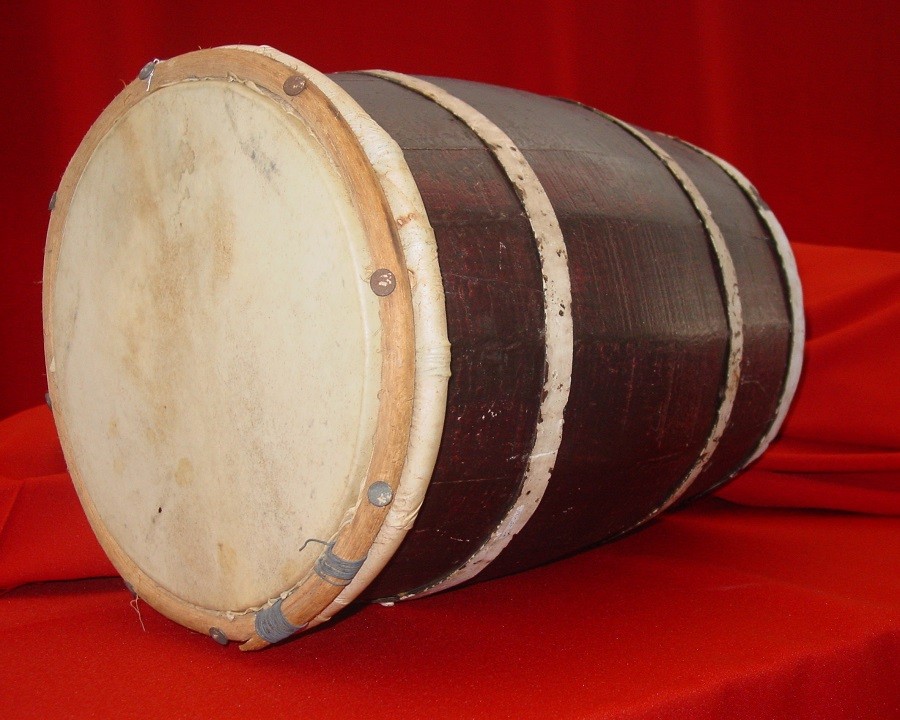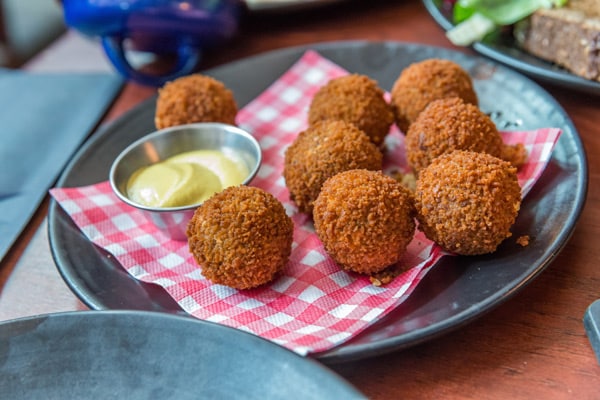Creolization in the Dutch Caribbean
Hey everyone! Welcome back once again to my blog :) This week has been quite busy for me, and I'm sure it has been for you too. So lets talk about what interested me recently. Ever since my last entry, I began researching deeper into creolization in the Caribbean and today, we'll be looking over the Dutch Caribbean.
To start off, we'll be discussing tambú, which is synonymous with the country of Aruba. Tambú is a blanket term that refers to a native dance, music accompanying said dance and the drum that is used to play the music. According to Christine Gangelhoff's book titled, Tour De Force, in chapter 3 titled "Aruba", the tambú is a sheepskin drum that is primarily made with a hallowed out log or rum barrel. The music that's produced with the tambú consists of call-and-response singing. This style of singing engages the audience in a brilliant manner, as it encourages participants to clap their hands and stamp their feet, making performances with tambú that much more memorable. Lastly, the dance of tambú includes the gyration of hips, alongside flat footed shuffling, which is clearly derived from African dance influence. Couples usually face one another in this dance, but do not touch each other.

Please find above a picture of the tambú drum. You can see that its akin to a barrel, with the hollowed out inside being responsible for the unique sound it emits. Taken from https://bnkcuracao.com/audio/how-tambu-music-almost-disappeared/
It was honestly a bit challenging to find nice videos of the tambú dance being displayed from Aruba, but I still think this is a short and nice little introductory video to the dances of Aruba. Despite the clip of the tambú dance being quite short, it still gives a nice idea of how the dance goes, alongside the scenery and the culture that was put on display during this video.
Moving along, we're going to go into my favorite topic as you should already know. Who guessed it? That's right, food!! Today we'll be focusing on the island of Curaçao, as they many lustrous native dishes. Personally, I've never had food from Curaçao but they seem to have been derived primarily from a Dutch and African background.

Above we have the delectable looking Bitterballen, which is a beloved Dutch bar snack and are essentially flavored meatballs. The filling often includes beef or veal, and a strong mustard sauce is used as a dip for extra flavor. Photo was taken from https://www.carnival.com/awaywego/travel/caribbean/top-10-things-to-eat-in-curacao
I chose this video because it gives a brief and informative overview of some of the popular foods that are made in Curaçao. Alongside this, the native at the beginning of the video gave details as to how the residents of Curaçao love to eat, making food an important part of their culture. The vlogger of the video, Kelly, is also a nice foreign personality to give a tourists perspective of Curaçao.
References
Carnival Cruise Line. (N/A, N/A N/A). Top 10 Things to Eat in Curaçao. Retrieved from Away We Go: https://www.carnival.com/awaywego/travel/caribbean/top-10-things-to-eat-in-curacao
Gangelhoff, C. (2019). Tour de Force: A Musical Journey of the Caribbean. Vital Source Bookshelf.
N/A. (2016, April 1). Tambu Music: A Survival Story. Retrieved from BNK: https://bnkcuracao.com/audio/how-tambu-music-almost-disappeared/
Comments
Post a Comment